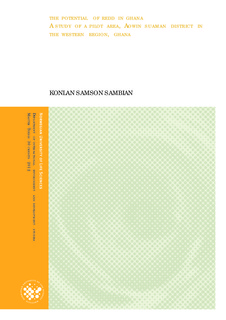| dc.description.abstract | This study is aimed at describing peoples’ livelihoods, access to and use of land to determine whether REDD could be successful in Ghana as part of the globally emerging agenda of tackling climate change. To accomplish this, a case study was conducted in six villages
(Adonikrom, Boinso, Jensue, New Yakasi, Sewum and Asantekrom) in a high forest zone,
Aowin Suaman District, Ghana. Considering the aim of the study, the following research
questions were addressed: What are the main organizations and institutions involved in
management of land and forest resources and how do they deal with land issues? How
important are forests for peoples’ livelihoods and how does that vary across social economic
groups? What are the perceptions and attitudes of the local population towards forest
management? Last but not the least, what could be the expected effects of introducing REDD
in the study area? | no_NO |
